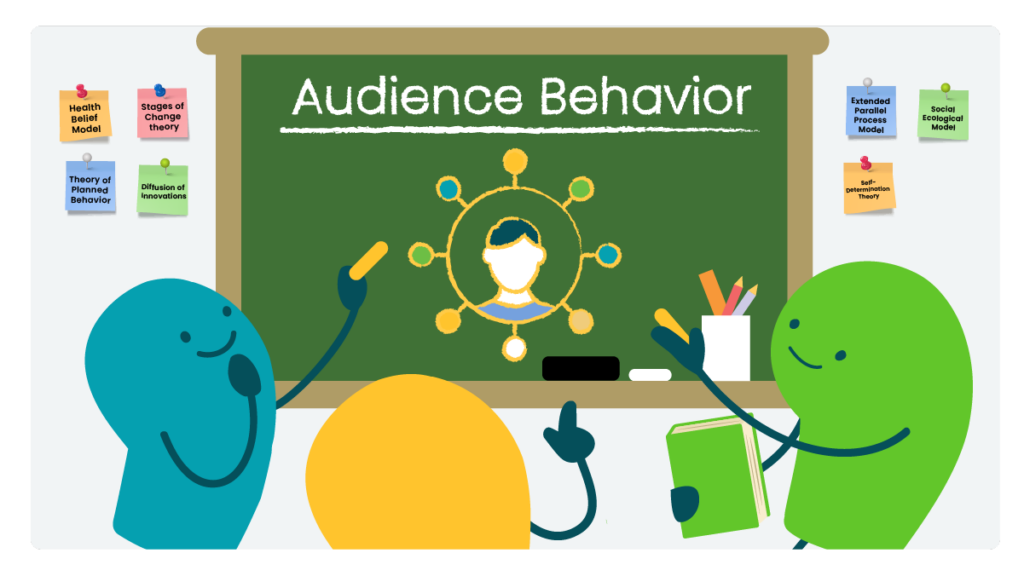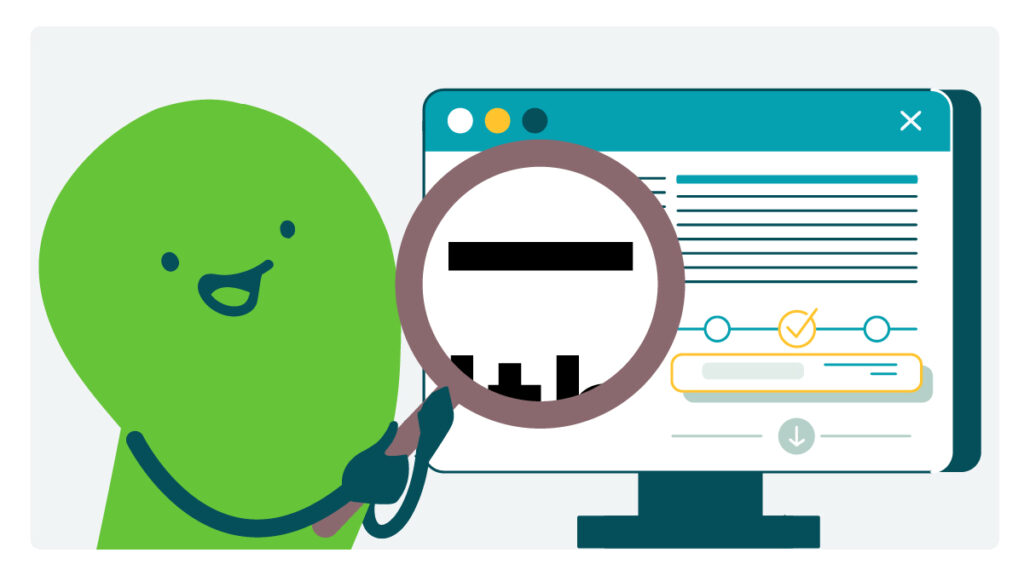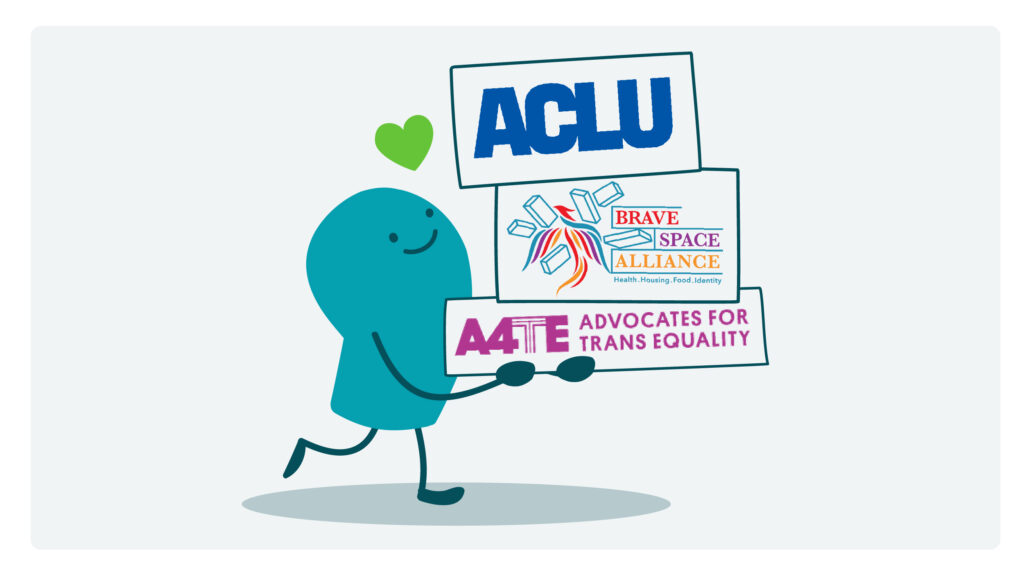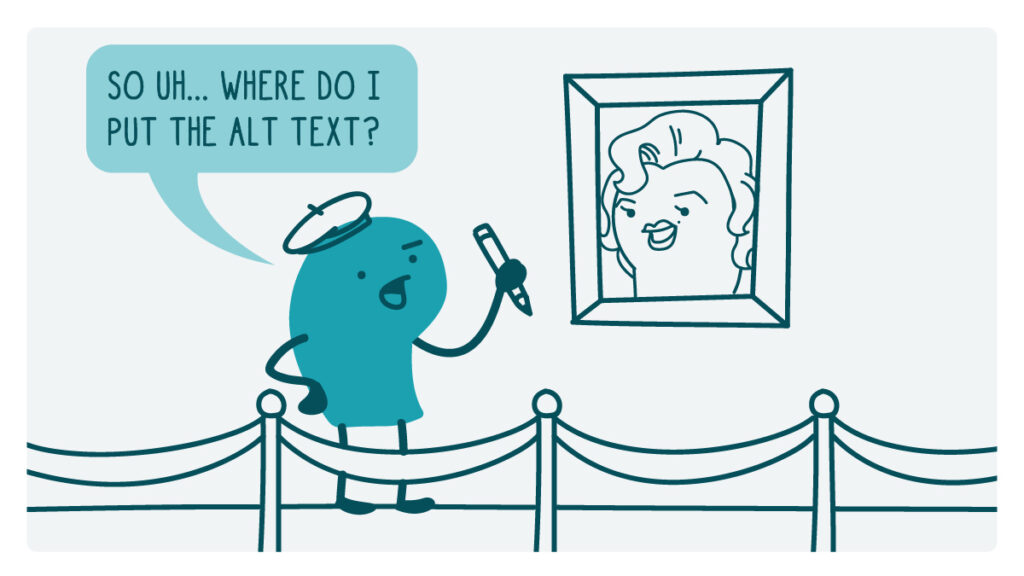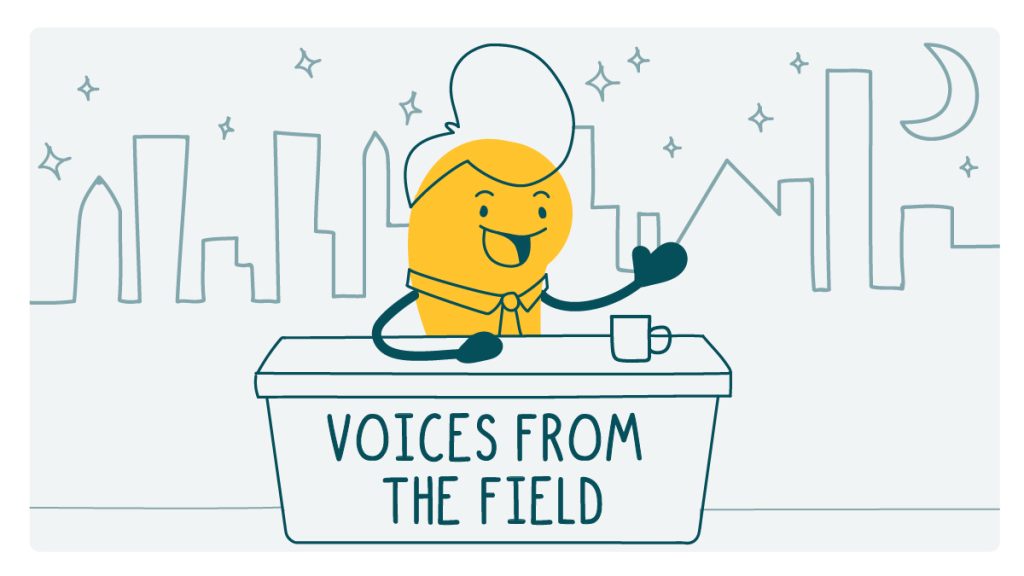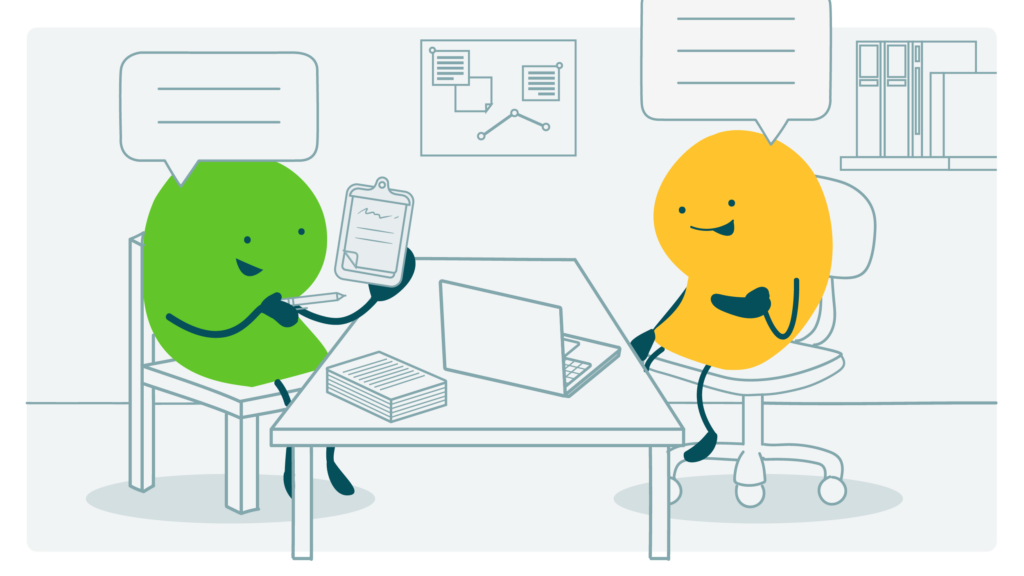
Here at We ❤️ Health Literacy headquarters, we know that conducting research with your audiences is an excellent way to learn about their beliefs, values, and preferences. And as health communicators, we can use those insights to help us shape our messages.
But moderating a research session can be intimidating. That’s especially true if you’re asking research participants about emotionally charged issues — like a serious illness or a traumatic experience — or potentially controversial health topics. That’s why this week, we’re adding to our toolkit of tips for conducting research on sensitive topics.
Try these strategies for moderating research sessions about sensitive topics in a way that keeps the conversation productive and respectful:
- Choose the right format. Consider whether your topic is better suited to a one-on-one conversation (also called an in-depth interview) or a focus group. Focus groups might work well if everyone in the group has a shared experience — like having the same diagnosis. But for polarizing topics — like research about vaccine hesitancy — there may be passionate disagreement among focus group members that could derail the conversation. In those cases, in-depth interviews may be a better fit.
- Acknowledge up front that you’ll be discussing a sensitive subject. Taking a moment to recognize that the conversation may be difficult can help your participants feel more comfortable and break the ice. Keep it simple — you could say something like “I know this is a sensitive subject, and I appreciate you being willing to talk with me about it.”
- Let participants know it’s okay to skip questions. At the start of the session, let participants know that they can choose not to answer a question if they’re uncomfortable with it — and remind them throughout the conversation.
- Make space — and time — for difficult conversations. When asking about a sensitive topic, participants may share traumatic or deeply personal experiences. It’s important to create space for participants to tell their story. Consider building extra time into the session — for example, if you expect it to take 45 minutes to get through your questions, schedule an hour or more for the session. And be sure to acknowledge what a participant shares — you can simply say “thank you for sharing your experience with me.”
- Read the room and be ready to pivot. Remind participants that they can take a break, especially if you notice a change in the way they speak or in their body language. And be ready to end a session early if the participant is in too much distress or if the conversation is no longer productive. Keep in mind that some participants may not be comfortable asking to stop a session early, so as the moderator, it’s important to be aware of your participant’s emotional state and be careful to do no harm.
- Keep research teams small. If possible, try to limit the research team to just a moderator, or a moderator and a notetaker. Speaking to just 1 or 2 people can help a participant feel more comfortable sharing about their personal experiences. If you’re conducting research virtually, it may also help to ask the notetaker to keep their camera off.
- Remember that moderators need breaks too. Conducting research on sensitive topics can be emotionally taxing for you, too. Give yourself time to decompress after a session, and try not to schedule too many sessions a day.
The bottom line: When moderating research sessions about sensitive topics, it’s our responsibility to help research participants feel comfortable and respected. By prioritizing empathy, being flexible, and planning ahead, we can make sure conversations are productive and insightful.
Copy/paste to share on social (and tag us!): When conducting research about emotionally charged topics, it’s important to make sure conversations are respectful and productive. CommunicateHealth is here with tips for moderating research sessions about sensitive topics: https://communicatehealth.com/wehearthealthliteracy/moderating-research-sessions-about-sensitive-topics/ #HealthCommunication #HealthLiteracy #HealthComm
